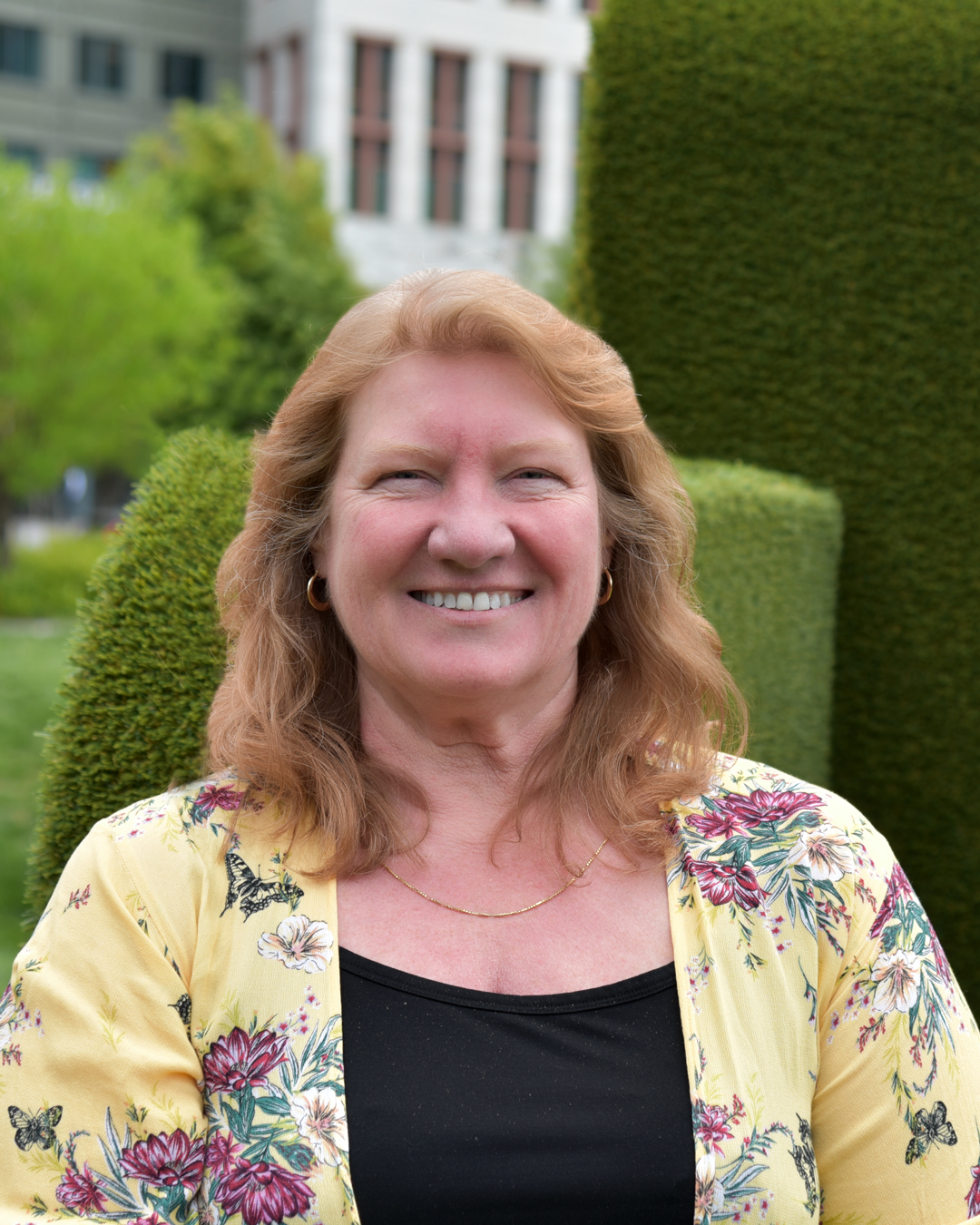July 13, 2021
Technology, mobility, and societal trends are evolving rapidly, particularly as they relate to transportation. The emergence of automated vehicles, connected vehicles, electrification, and mobility as a service are changing the landscape faster than most state and local DOTs can keep up.
The exchange of information between infrastructure owners/operators (IOOs), private companies, and academic research organizations traditionally occurs through indirect linkages such as professional committee meetings, conferences, and other ad hoc encounters. However, another more immersive approach for information sharing is the scan tour. Several state and local DOT leaders joined a team of experienced agency staff members to visit with private companies, counterparts in other agencies, and research institutions to learn about their experience with new procedures and practices and exchange that information in depth.
Organized through the National Cooperative Highway Research Program (NCHRP), a panel of state DOT and senior transportation leaders set about the task of capturing recent lessons learned about Cooperative Automated Transportation (CAT) Systems – both domestically and internationally.
Two multi-day trips were conducted in 2019 – in the metropolitan areas of Las Vegas (NV) and Phoenix (AZ). The team began with the premise that we would have great interest in four key issue areas:
- Partnerships and Coordination
- Technology and Planning
- Institutional Issues
- Data
Early observations confirmed the value of those areas and emphasized that partnerships represent a broader cross-cutting issue that requires significant emphasis. In Phoenix, our panel first heard the phrase “cooperation is the new competitive advantage,” which has been repeated in other settings since that visit.
In addition to partnerships, those visits also uncovered the need for more exploration concerning “organizational readiness” for CAT.
Before the panel could begin its next set of tours, the COVID-19 pandemic changed our world and the concept of in-person scan tours was suspended. Instead, the team continued its fact-finding through a condensed set of virtual meetings – often targeting a specific organization or topic area.
After executing several virtual sessions, the team continued to fill in the core topic areas of technology/planning, institutional issues, and data and the topics of “people” and “COVID” were more regularly addressed. Many great lessons and ideas were shared during those sessions. For example:
- We don’t have to solve every problem for every scenario – a narrow use case can still produce significant benefits and results.
- Government agencies need to be more specific in identifying their data needs – don’t just ask for everything when approaching a partnership.
- We need to articulate the value CAT provides – the public has to be comfortable with the technology and see the benefits.
And while partnerships and organizational readiness continued to come through as important cross-cutting issues, a third area of multi-disciplinary emphasis also began to appear: vision
The United States does not have a national vision for AVs. Several industry leaders have suggested a comparison to the “moon-shot” mission to land a man on the moon, but through exploration and dialogue, our panel observed two big hurdles:
- Complexity. Hundreds of stakeholders are involved in automating transportation – state, regional, and municipal departments of transportation, transit operating agencies, metropolitan planning agencies (MPO’s), toll agencies, and more in the public sector. There are likewise hundreds (or more?) of private companies engaged currently in some aspect of developing AVs. Many (if not most) have different approaches, business models, and goals.
- Scope. There are so many different aspects of transportation that are evolving at the same time, and not all are on the same path. Connectivity, automation, electrification, shared mobility – the scope of change is extremely broad and is impacted in different ways depending on which use-cases you’re looking to explore. When mapped across the complexity of stakeholders – and mixed with ever-changing politics and socio-economic factors – it is very difficult to narrow the scope.
In the coming weeks and months, our panel will continue its virtual exploration of CAT while preparing for an eventual return to in-person scan tours. And to help further disseminate some of the great lessons learned, we will publish additional posts highlighting different aspects of our knowledge- gathering activities.
This article is part of a series covering high level observations and trends that have emerged as part of NCHRP 20-24(128). The opinions and conclusions expressed or implied are those of the panel members or research agency that performed the research and are not necessarily those of the Transportation Research Board or its sponsoring agencies.

Tracy Larkin Thomason is the Vice President for Policy Programs and Mobility on Demand at ITS America.
Contact her at tlarkin@itsa.org

